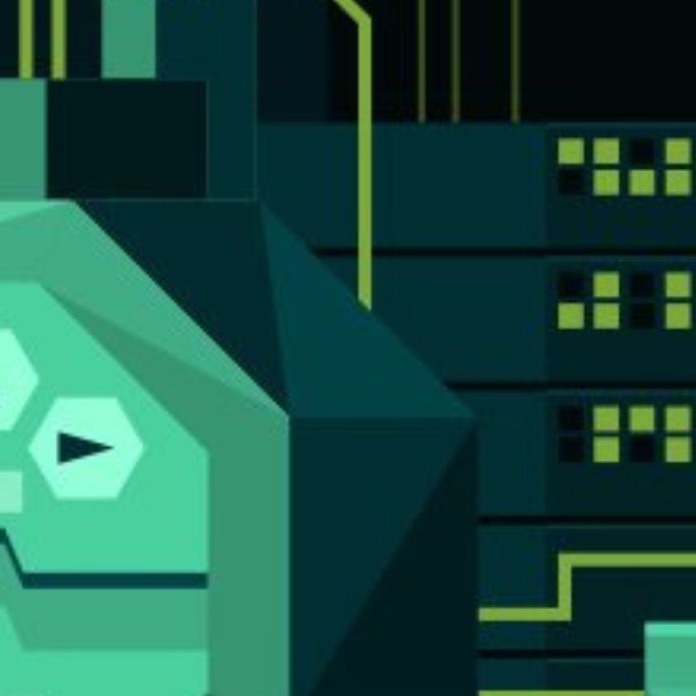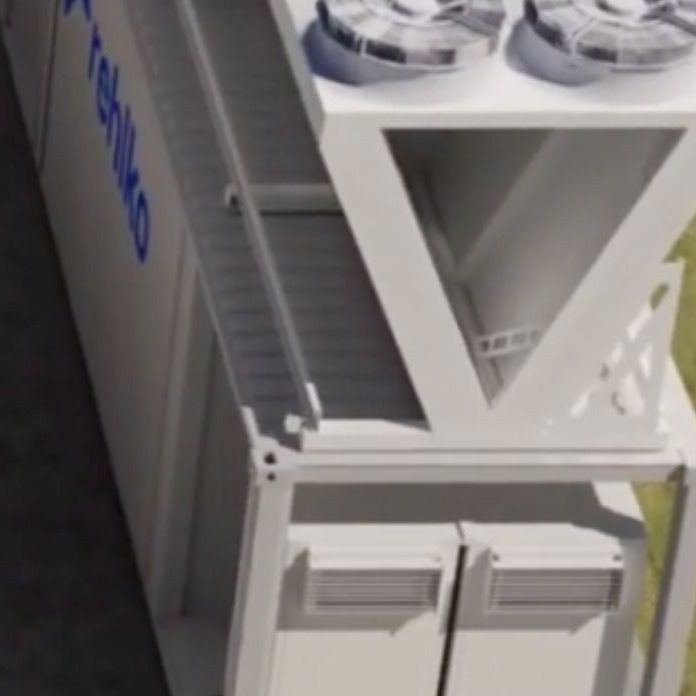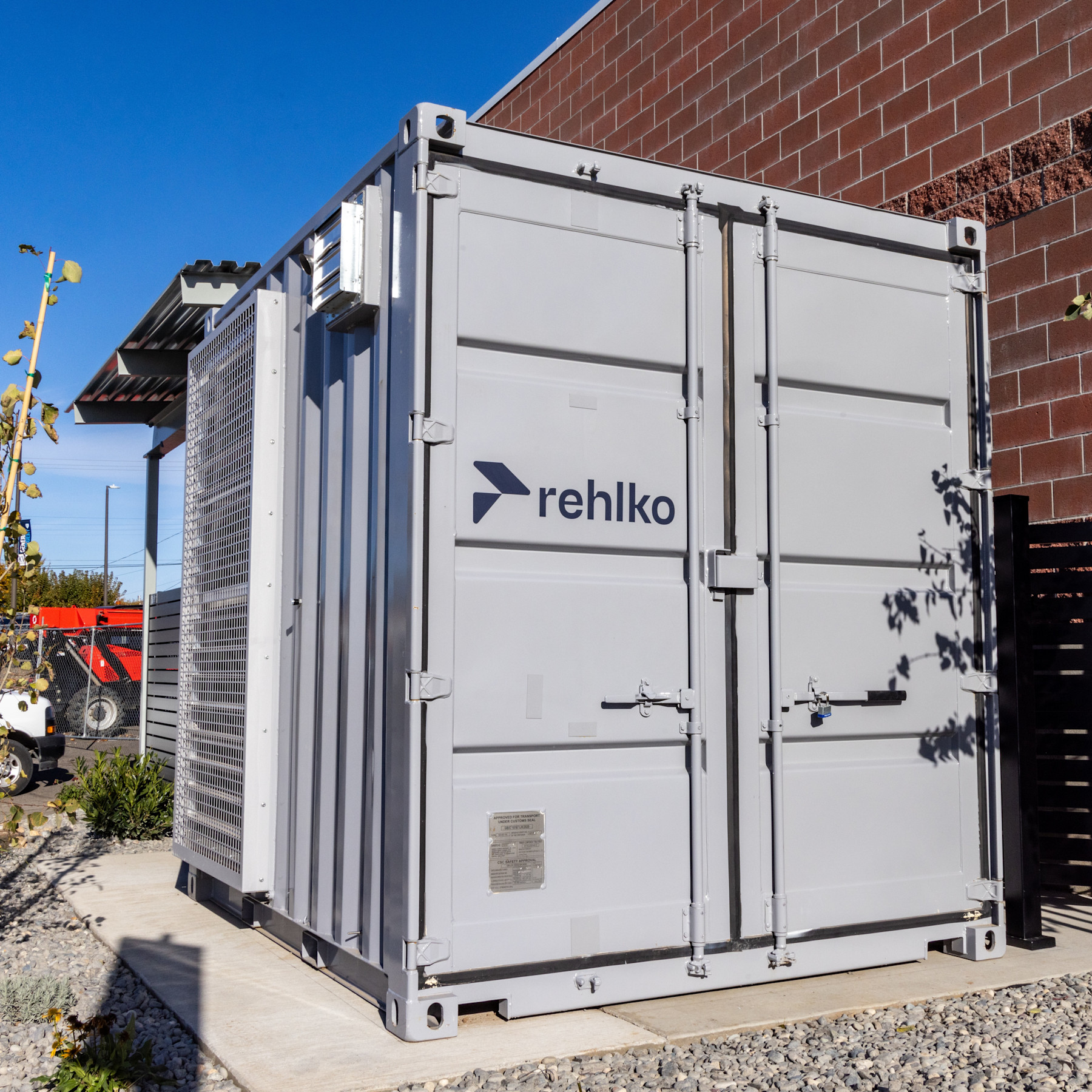Tackling Power Challenges with Smarter Solutions
 Print
PrintHighlights from Rehlko’s Innovation Day with DCD
The year 2025 will be remembered as the year the power conversation changed. What used to be a quiet, back-of-house concern has become one of the loudest, most urgent challenges facing the digital infrastructure sector. With AI workloads soaring, high-density compute on the rise, and 24/7 uptime the baseline expectation, data centers are pushing up against the limits of conventional power strategies.
That was the backdrop for Rehlko’s Innovation Day in partnership with DatacenterDynamics, a virtual gathering designed to bring transparency, creativity, and pragmatism to one of the industry’s toughest challenges. Over the course of three sessions, leaders from Rehlko, Clarke Energy, and iMasons explored the question: what will it take to power AI-ready, mission-critical data centers sustainably?
The full broadcast sessions are available on demand for anyone who wants to dive into the details. But if you’re looking for the highlights and the big-picture takeaways, read on; we’ve condensed the key insights here.
Chapter 1: Transparency as a Catalyst
The first discussion reframed Environmental Product Declarations (EPDs) from a technical document into a catalyst for change. By putting hard data behind the environmental impact of power products, EPDs are setting a new bar for accountability.
“If you can't track it and you can't measure it, you can't reduce it.” — Miranda Gardiner, Executive Director, iMasons Climate Accord, underscoring why transparency is no longer optional. For operators, this means supply chain decisions won’t just be about reliability and cost, but about embodied carbon and long-term ESG goals.
Rehlko’s Pierre-Adrien Bel and Louis Liu shared how their team developed the first EPD for mission-critical generators, a move that signals where the industry is heading. Far from being a compliance exercise, EPDs are becoming the playbook for product innovation, Scope 3 emissions reduction, and responsible procurement.
“EPD is not only a tool to disclose the impact; it’s also to catalyze your product innovation.” — Louis Liu, Sustainability Project Engineer, Rehlko
Chapter 2: Maintenance as a Sustainability Lever
The second session spotlighted something less flashy but equally transformative: smarter generator maintenance.
Here’s the story: traditional maintenance practices, like load testing, were designed for reliability, not sustainability. But they also burn fuel, emit CO₂, and add cost. Rehlko’s Nicole Dierksheide and Justin Loritz showed how new data-driven approaches can flip that script.
By rethinking test schedules and incorporating no-load procedures, operators can reduce fuel consumption by up to 78% and cut emissions by 79%, all without compromising resilience. It’s a reminder that the path to decarbonization isn’t only about new technologies; sometimes it’s about rethinking the playbook on what we already do every day.
“By rethinking standard exercise schedules, we’ve shown that operators can cut fuel use and emissions by more than 75 percent — without sacrificing reliability,” said Justin Loritz of Rehlko.
“Every little bit counts,” added Nicole Dierksheide. “Sometimes the biggest impact comes from rethinking the small things we do every day.”
Chapter 3: Rethinking Resilience in the Age of AI
The final panel zoomed out to the big picture: how to power the next generation of AI-ready data centers.
Here, resilience isn’t about a single solution but about hybrid strategies, integrating multiple energy sources to balance volatile loads and long-term sustainability goals. Rehlko’s Ben Rapp and Clarke Energy’s Alex Marshall described how systems that blend gas engines, renewable natural gas (RNG), hydrogen, and hydrogen fuel cells can deliver flexibility and efficiency that legacy systems can’t match.
“From the data center operators’ perspective, there’s good reason for that gap. They want to ensure new technologies are performing to the standards they expect from conventional solutions. That’s why we’re inviting operators into our R&D test beds — to validate innovations like fuel cells and hybrid systems in real-world conditions before deployment.” — Ben Rapp, Manager of Business Development, Rehlko
Think of it as building a toolkit of power options; from combined cooling, heat, and power (CHP) systems that maximize onsite efficiency to battery energy storage and ultracapacitors that stabilize AI-driven spikes. The future of power won’t be one-size-fits-all; it will be agile, modular, and deeply integrated.
Closing Thought: Smarter Solutions, Shared Responsibility
Rehlko’s Innovation Day wasn’t just another virtual event. It was a call to action and a reminder that the industry is already taking practical steps to solve its biggest challenge.
From pioneering EPDs to rethinking maintenance to designing hybrid systems, the solutions are here. What matters now is scale, collaboration, and the will to embed these innovations into everyday operations.
As the panels made clear, powering the next generation of digital infrastructure won’t just be about having more energy. It will be about having smarter energy and building resilience and sustainability into every decision we make.



